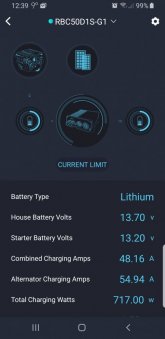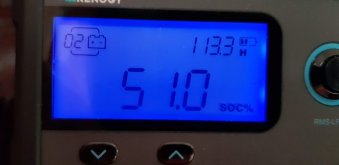I'm not 100% positive, but I'm 95% sure all of the B2B chargers designed and marketed for charging the house/auxiliary battery from the vehicles starting batttery/charging system have a method of isolating the two batteries when the vehicle is not running.ok, not trying to confuse the two or make a reference to isolated vs non, but in a b2b alternator charging system, ensuring that the chassis batteries are isolated when no power is supplied by the alternator seems like an important feature to note (unless all b2b chargers have this feature, which i would not take for granted).
I believe most tap into the ignition wiring, some may have a voltage trigger or something more complicated.
However the above may not apply to the DPS, since as you noted it looks to be just a power supply, not a charger.
What I'm hoping is that as this thread gets more attention, we get more people that actually own each of these devices that can chime in and fill in details for the devices they own and are familiar with.






